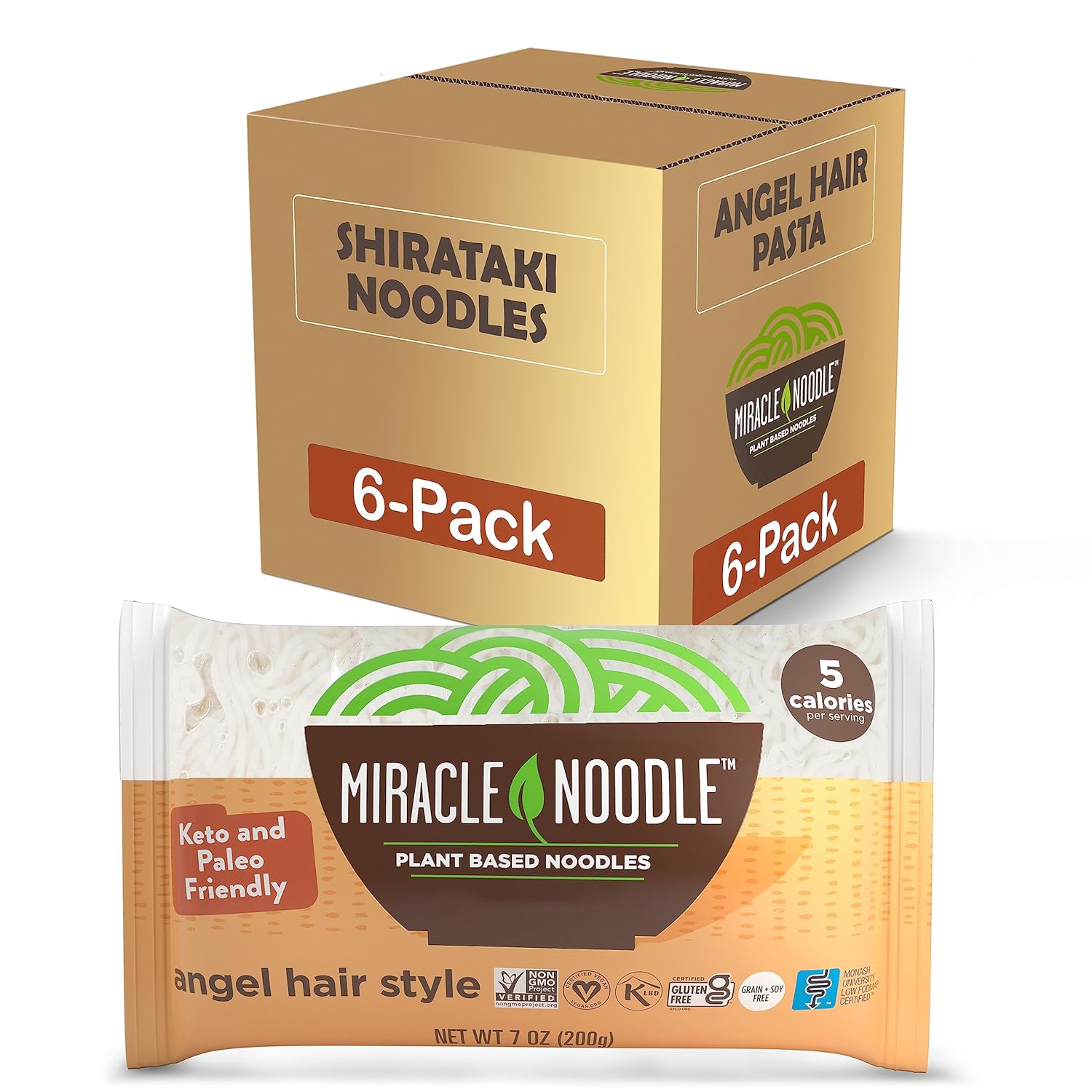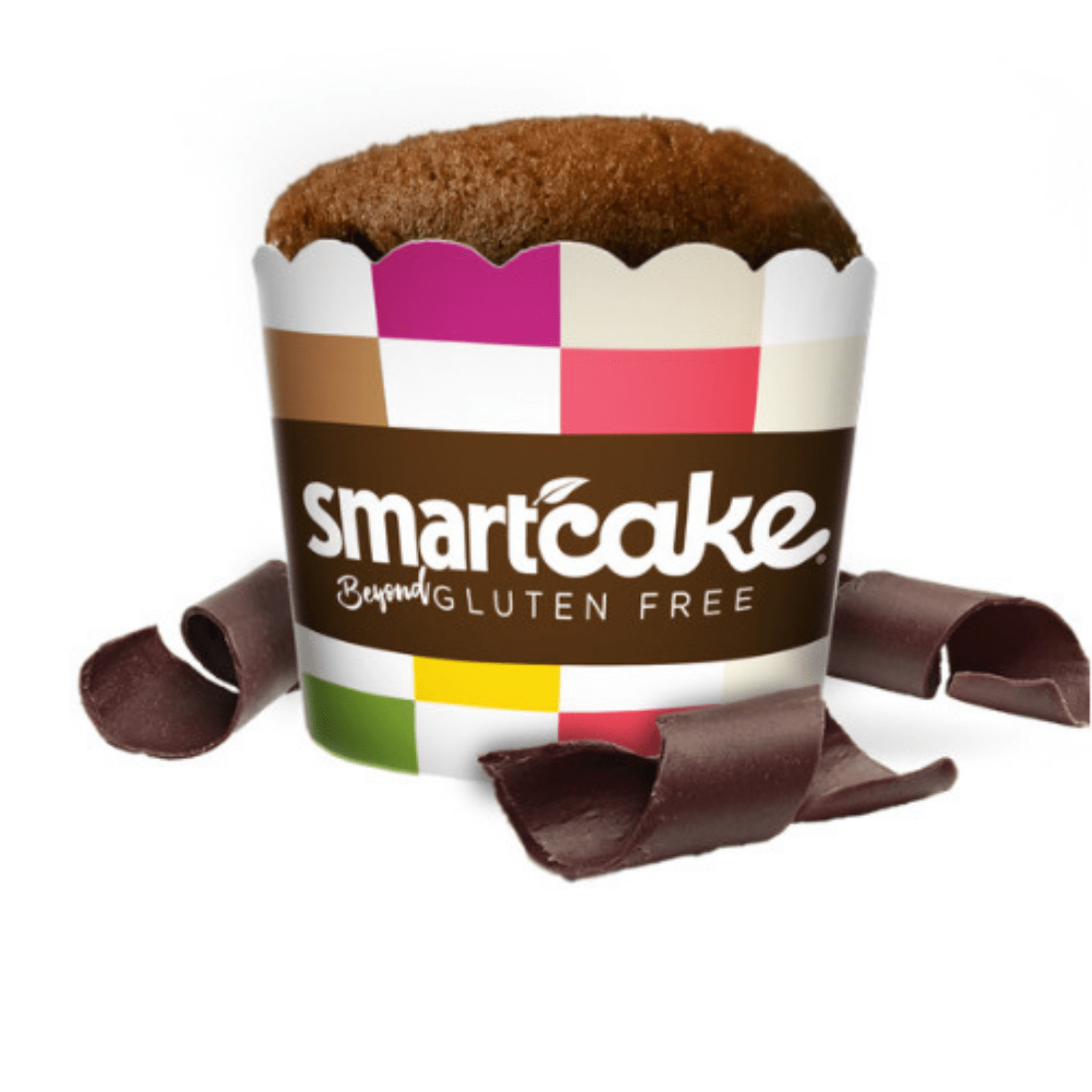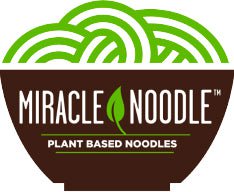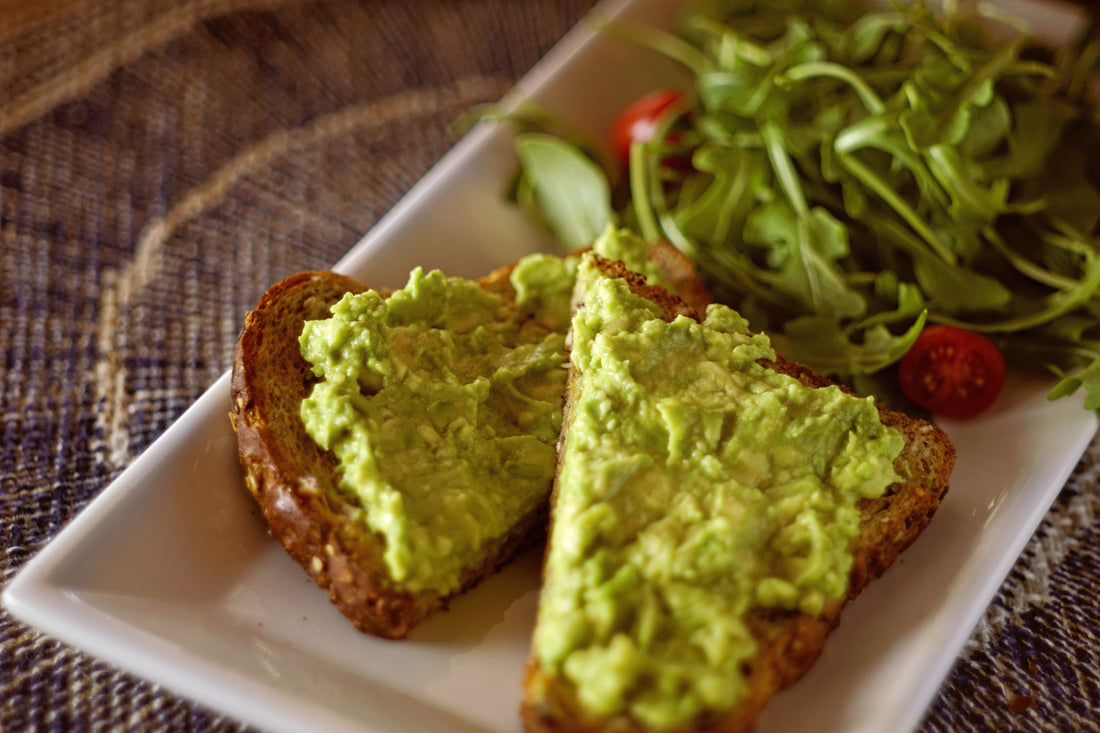You’re new to the keto lifestyle and just purchased almond flour bread and low-carb flaxseed crackers. Now what? What’s the healthiest topping and dip that won’t kick you out of ketosis?
With inflation at a 40-year high as of this writing, you may want to think again about buying Paleo bread. Even before prices rose about 7% year over year, almond flour bread was going for $10 a loaf.
The smart thing to do is learn how to bake your own low-carb, keto-friendly bread. But once you’ve mastered that art, then what? Which topping will not only keep you in ketosis, but doesn’t have any or relatively little downside for your health?
Let’s take a look at some of the healthiest keto-approved spreads and dips.
#1: Avocado or Guacamole
OK, so this is no shocker. Everybody knows that avocados are one of the healthiest sources of dietary fat on the planet for nearly everybody.
With only two grams of net carbs, avocados have been the focus of numerous research studies. And it’s very difficult to find a study that urges caution against eating them. In fact, a randomized, controlled feeding trial published in the Journal of Nutrition examined the effects of eating one avocado a day.
The small study was conducted with 45 men and women, ages 21-70. It concluded that a daily avocado increased the level of antioxidants in the blood. Not only that, avocado reduced the oxidation of small, dense lipoproteins (LDL-cholesterol) in adults with overweight and obesity.
This is important to note because it’s not just your levels of LDLs or so-called “bad cholesterol” you should be concerned with. Also important is how much the LDL cholesterol you do have is oxidized. That’s because the cholesterol you don’t want to have is the kind that accumulates on the walls of your arteries. This is precisely what oxidized cholesterol is.
Speaking of things that look like they've gone bad, throw out that avocado if it’s turned completely or mostly brown. That’s also oxidation and you don’t want to eat it — even if it’s still keto-friendly.
#2: Tahini
Checking in at under two grams of net carbs per tablespoon, tahini is a tasty low-carb spread or dip. These toasted ground hulled sesame seeds, however, do contain oxalates, a bitter-tasting natural compound found in many plant foods including spinach and kale.
You probably don’t have to worry about oxalates. But if you or anybody in your family has a history of kidney disease, eat tahini sparingly.
Keep in mind, too, that it’s very easy to have more than one serving per sitting. Spreads like tahini taste so good that you want to have seconds. But giving into temptation can kick you out of ketosis.
Eat small keto-friendly crackers like flaxseed crackers and limit your portion sizes.
#3: Eggplant dip
For these next two spreads and dips, we’re going to stay in the Middle East. Just like tahini, eggplant dip, or Baba Ganoush as it’s known in the Levant, is made with baked eggplants, aka aubergines.
Keto-friendly herbs and spices and lemon juice rounds out the basic eggplant dip recipe. There’s about two grams of net carbs per serving with a modest amount of heart-healthy monounsaturated dietary fat.
If you’re a health perfectionist, however, eggplant dip does have a downside. Eggplant is a member of the nightshade family of plants.
The knock on nightshade veggies—also includes tomatoes, peppers and potatoes—is that they contain a plant protein called lectin. Lectins are a plant’s defense mechanism against insects, fungus and even people.
In reality, plants don’t want to be eaten. That’s the theory of Dr. Steven Gundry, MD, the author of the book “The Plant Paradox.”
Dr. Gundry has made a fortune pedaling the idea that people should avoid high-lectin foods such as eggplant. If you have joint pain or autoimmune conditions, there may be some truth to Dr. Gundry’s theory. But if you don’t have any symptoms after eating Baba Ganoush, then enjoy this low-carb spread.
#4: Hummus
Sticking to the Middle East, hummus also contains approximately two grams of net carbs per tablespoon. A creamy puree made from ground chickpeas, aka garbanzo beans, hummus is, from a net carb standpoint, definitely keto-friendly.
But is it super healthy? Sure, it’s high in fiber, protein and healthy fats. But lurking in those innocent-sounding chickpeas is a potentially cancer-causing pesticide called glyphosate.
Glyphosate is better known as the active compound in Roundup weed killer. It’s the focus of tens of thousands of lawsuits, in which plaintiffs have alleged they developed a form of cancer called non-Hodgkin’s lymphoma. This warning, admittedly, is a bit alarmist because the lawsuits stem from people having been exposed to Roundup topically, not through the diet.
But the truth is we just don’t know how harmful glyphosate residue in food is. What we do know is most conventional crops (wheat, soy, corn, and yes, garbanzo beans) are sprayed with glyphosate to kill weeds. We eat those plants, which have been bred to resist glyphosate. And then we ingest glyphosate residue.
Unfortunately, the Environmental Working Group conducted research that revealed that many brands of hummus tested positive for high levels of glyphosate. (At least higher than what the EWG considers normal residue levels.)
If you’re concerned about glyphosate exposure, the simple solution is buy organic hummus or make your own using organic chickpeas.
Organic hummus may still contain glyphosate, but the levels will be lower than non-organic, according to the EWG.
#5: Hemp butter
Hemp seeds are one of the best plant-based sources of heart- and brain-healthy omega-3 essential fatty acids. Another benefit of these seeds that come from the cannabis sativa plant is that they are very high in protein. (Don’t worry, you won’t get high from eating hemp seeds; there’s virtually none of the psychoactive component of marijuana—THC.)
But you can’t exactly sprinkle hemp seeds on crackers. However, you can make your own hemp seed butter.
There’s only one gram of net carbs per serving.
The only potential downside, especially if you’re using organic hemp seeds is that the trace amounts of THC may show up in a drug test. Not applying for a position with the CIA or FBI, then spread that hemp butter on your keto-friendly toast.
#6: Raw butter
What’s wrong with regular butter like Kerrygold, a brand that’s a favorite in the Keto community? Kerrygold is beloved because it’s an Irish brand. And in Ireland, we imagine that the cows are outside all day enjoying chewing their emerald-green cud. Irish cows are grass-fed so that means it’s healthy butter, right?
Well, not exactly. As Sarah Pope writes on her blog, The Healthy Home Economist, Kerrygold may use genetically-modified feed in the winter months.
And even if Kerrygold doesn’t use GMO feed to fatten its cattle when it’s too nippy for the cows to be outside all day, conventional dairy is pasteurized. That means the beneficial bacteria has been killed. Sure, any potentially-harmful bacteria has been neutralized but like an antibiotic, pasteurization kills both the good and the bad. And with our modern, highly-processed food chain, we need to consume more things with beneficial bacteria.
Enter raw butter. Raw butter—if you can legally acquire it in the state you live in—is 100% grass-fed and contains the beneficial bacteria that your gut will love. Another benefit to raw butter is that it’s made from A2 casein protein. Unlike A1 casein, A2 milk has never been genetically altered.
Some nutritionists believe that lactose intolerance is actually caused by A1 casein protein rather than a deficiency of lactase enzyme.



